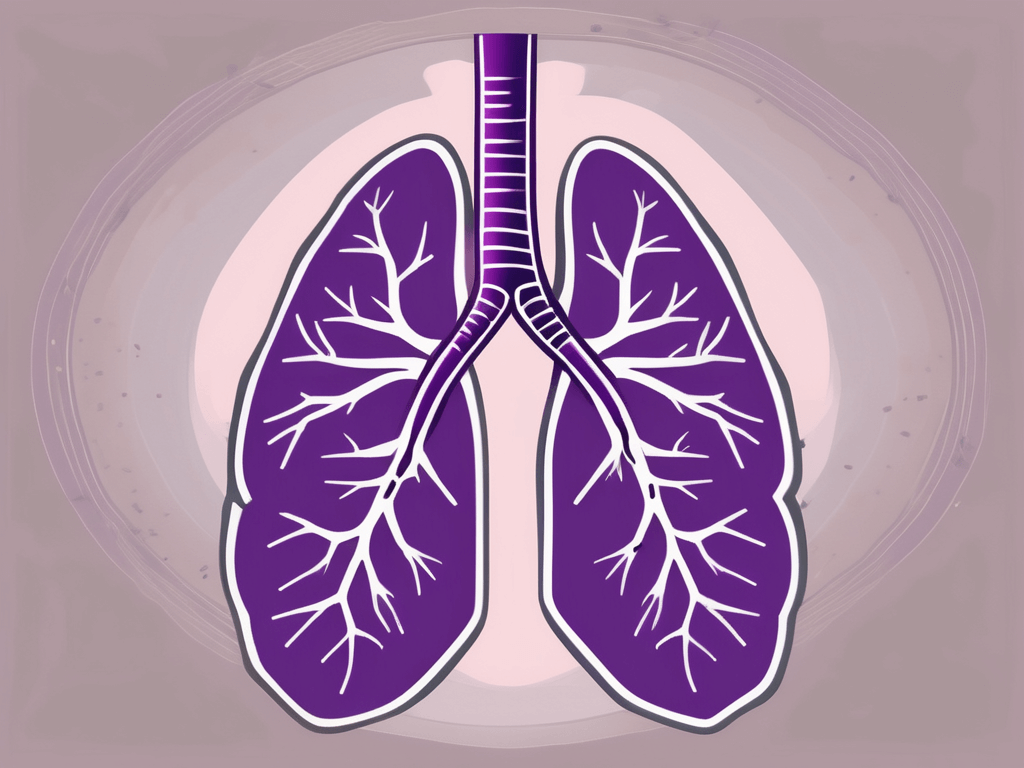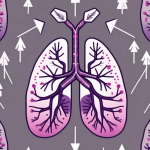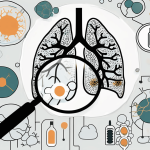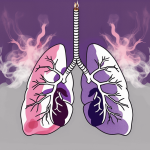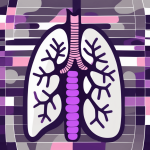Discovering you or a loved one has stage 4 lung cancer can be daunting, but understanding the survival rate and treatment options is crucial. This article explores the complexities of stage 4 lung cancer, from its progression to treatment strategies and coping mechanisms. While the survival rate may appear discouraging, advancements in treatment offer hope, emphasizing the importance of personalized care and support. With resilience and support, individuals facing stage 4 lung cancer can navigate their journey with courage and hope. Remember, you are not alone in this fight.
If you or a loved one has been diagnosed with stage 4 lung cancer, it’s important to understand the survival rate and what it means for your journey ahead. Stage 4 lung cancer is the most advanced stage of the disease, and while the survival rate may be lower compared to earlier stages, it’s crucial to remember that each person’s experience is unique. In this article, we will explore different aspects of stage 4 lung cancer survival rate, from understanding the disease progression to factors influencing survival, interpreting survival rate statistics, treatment options, and coping strategies.
Understanding Stage 4 Lung Cancer
When lung cancer reaches stage 4, it means that the cancer cells have spread beyond the lungs to other parts of the body. These may include distant lymph nodes, the liver, bones, or other organs. It’s important to note that the survival rate for stage 4 lung cancer is generally lower than earlier stages, but this does not mean that there is no hope. Many factors can influence a person’s individual survival rate, and advancements in treatment options provide new possibilities for managing the disease.
The Progression of Lung Cancer
Lung cancer often starts in the lining of the bronchi, the main airways in the lungs. As the cancer cells multiply, they can form tumors that can spread and invade nearby tissues and organs. If the cancer is not detected or treated early, it can progress to stage 4, the most advanced stage, where it has spread to distant parts of the body. This progression can impact the available treatment options and ultimately affect the survival rate.
When lung cancer reaches stage 4, it signifies a significant advancement of the disease. At this stage, the cancer cells have broken away from the primary tumor in the lungs and have traveled through the bloodstream or lymphatic system to establish new colonies in distant organs. This process, known as metastasis, can lead to the development of secondary tumors in various parts of the body.
Metastasis is a complex and intricate process that involves cancer cells acquiring the ability to invade surrounding tissues, enter the bloodstream or lymphatic vessels, survive in the circulation, and finally, establish new tumors in distant organs. The ability of cancer cells to metastasize is a major challenge in the treatment of stage 4 lung cancer, as it significantly reduces the effectiveness of localized therapies such as surgery or radiation.
Furthermore, the spread of lung cancer to distant organs can result in a wide range of symptoms and complications. For example, if the cancer has spread to the liver, it can impair liver function and lead to jaundice, abdominal pain, and fluid accumulation in the abdomen. If it has spread to the bones, it can cause bone pain, fractures, and hypercalcemia. The involvement of other organs such as the brain or adrenal glands can also result in specific symptoms and complications.
Characteristics of Stage 4 Lung Cancer
Stage 4 lung cancer can present with various symptoms, including persistent cough, chest pain, shortness of breath, fatigue, unexplained weight loss, and recurrent infections. It’s important to consult with a healthcare professional if you experience any of these symptoms, as early detection and intervention can play a crucial role in managing the disease.
When lung cancer reaches stage 4, it can have a significant impact on a person’s quality of life. The symptoms associated with advanced lung cancer can be debilitating and affect a person’s ability to perform daily activities. Fatigue, for example, is a common symptom experienced by individuals with stage 4 lung cancer. It can be severe and persistent, making it difficult for patients to engage in physical activities or even carry out simple tasks.
Another characteristic of stage 4 lung cancer is the potential for the development of complications. The spread of cancer to distant organs can lead to various complications, depending on the specific organs involved. For instance, if the cancer has metastasized to the brain, it can cause neurological symptoms such as headaches, seizures, or changes in behavior. If it has spread to the lungs, it can result in respiratory difficulties and increased susceptibility to respiratory infections.
It’s important for individuals with stage 4 lung cancer to receive comprehensive and multidisciplinary care. Treatment options may include chemotherapy, targeted therapies, immunotherapy, radiation therapy, and palliative care. Palliative care plays a crucial role in managing symptoms, improving quality of life, and providing emotional support for patients and their families.
While stage 4 lung cancer is a serious and challenging diagnosis, it’s essential to remember that every individual’s journey is unique. Advances in medical research and treatment options continue to offer hope and possibilities for individuals with stage 4 lung cancer. With ongoing support, care, and a personalized treatment plan, individuals can navigate their way through this difficult journey and make the most of each day.
Factors Influencing Survival Rate
While the survival rate for stage 4 lung cancer may vary, several factors can influence an individual’s prognosis:
Age and Overall Health
Age and overall health can impact how well a person responds to treatment. Younger individuals and those in good overall health may have better outcomes, as they are often able to tolerate more aggressive treatments.
Response to Treatment
Each person’s response to treatment can vary based on factors such as the type of lung cancer, the extent of the disease, and the individual’s overall health. Some individuals may respond well to treatment and experience extended periods of remission, while others may have a more challenging journey.
The Role of Genetics
Genetic factors can also play a role in how lung cancer progresses and responds to treatment. Different genetic mutations can affect the growth and spread of cancer cells, and targeted therapies may be tailored to these specific mutations.
Interpreting the Survival Rate Statistics
Survival rate statistics can provide a general understanding of the outlook for individuals with stage 4 lung cancer. However, it’s important to interpret these statistics with caution and seek personalized medical advice. Here are a few key points to consider:
The Meaning of Five-Year Survival Rate
The five-year survival rate is often used to measure the outcome of cancer treatment. It represents the percentage of people who are still alive five years after diagnosis. While it can provide a reference point, remember that survival rates are based on data from previous years and do not take into account recent advancements in treatment options.
Limitations of Survival Rate Statistics
Survival rate statistics can be influenced by various factors, such as the stage at which the cancer was diagnosed, the overall health of the individual, and the access to a comprehensive treatment plan. It’s essential to have open and honest conversations with your healthcare team to understand your specific situation and prognosis.
Treatment Options for Stage 4 Lung Cancer
Despite the challenges posed by stage 4 lung cancer, there are several treatment options available that can help manage symptoms, slow the progression of the disease, and improve overall quality of life:
Chemotherapy and Radiation Therapy
Chemotherapy and radiation therapy are common treatment options for stage 4 lung cancer. Chemotherapy uses drugs to target and destroy cancer cells throughout the body, while radiation therapy focuses on shrinking tumors and relieving symptoms. These treatments can help manage the disease and improve overall well-being.
Targeted Therapy and Immunotherapy
Targeted therapy and immunotherapy are innovative treatment approaches that are tailored to specific genetic mutations or utilize the body’s immune system to fight cancer cells. These approaches have shown promising results in certain cases and may offer new hope for individuals with stage 4 lung cancer.
Palliative Care and Quality of Life
In addition to medical treatments, palliative care plays a crucial role in managing stage 4 lung cancer. Palliative care focuses on improving quality of life by addressing pain, managing symptoms, and providing emotional and psychological support for both patients and their families.
Coping with a Stage 4 Lung Cancer Diagnosis
A stage 4 lung cancer diagnosis can be overwhelming, but remember that you are not alone. There are many resources and strategies that can help you cope with the challenges ahead:
Emotional and Psychological Support
Seeking support from loved ones, joining support groups, or consulting with mental health professionals can provide valuable emotional and psychological support. Talking openly about your feelings and fears can help alleviate the burden and bring a sense of relief.
Practical Considerations and Planning
It’s important to consider practical aspects such as managing finances, putting legal affairs in order, and discussing treatment decisions with your healthcare team and loved ones. Planning can provide a sense of control and alleviate some of the anxiety associated with the unknown.
Seeking Second Opinions and Clinical Trials
Seeking second opinions from specialists can provide additional perspectives and insights into your treatment options. Additionally, clinical trials may be available and offer opportunities to access innovative treatments that are not yet widely available. Discuss these options with your healthcare team to explore all possibilities.
In conclusion, while the survival rate for stage 4 lung cancer may be lower compared to earlier stages, it’s crucial to remember that statistics are not definitive and that each person’s experience is unique. Advances in treatment options, personalized care, and the power of hope and resilience can make a significant difference in your journey. Stay informed, seek support, and remember that there is always hope. You are not alone in this fight against lung cancer.

